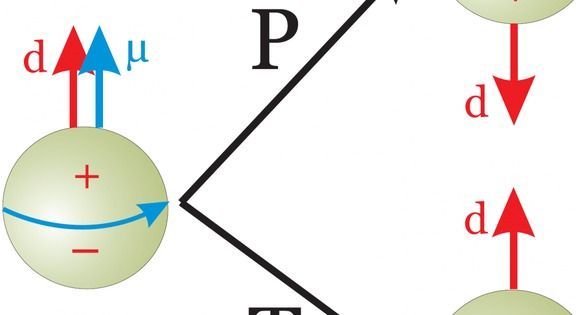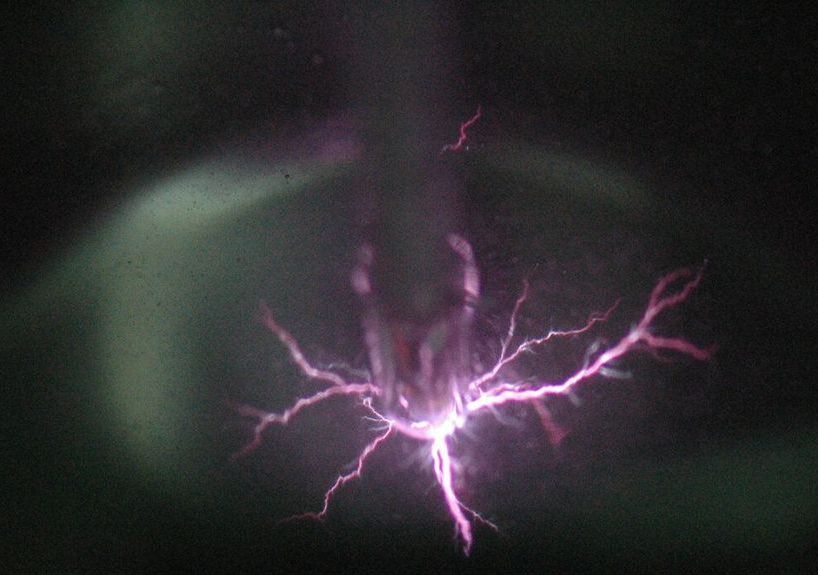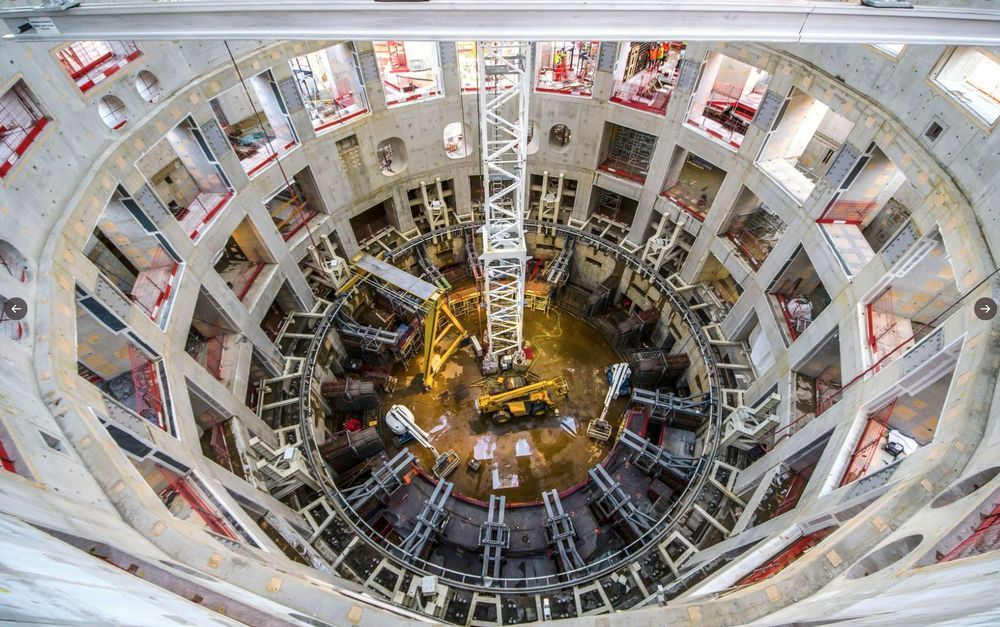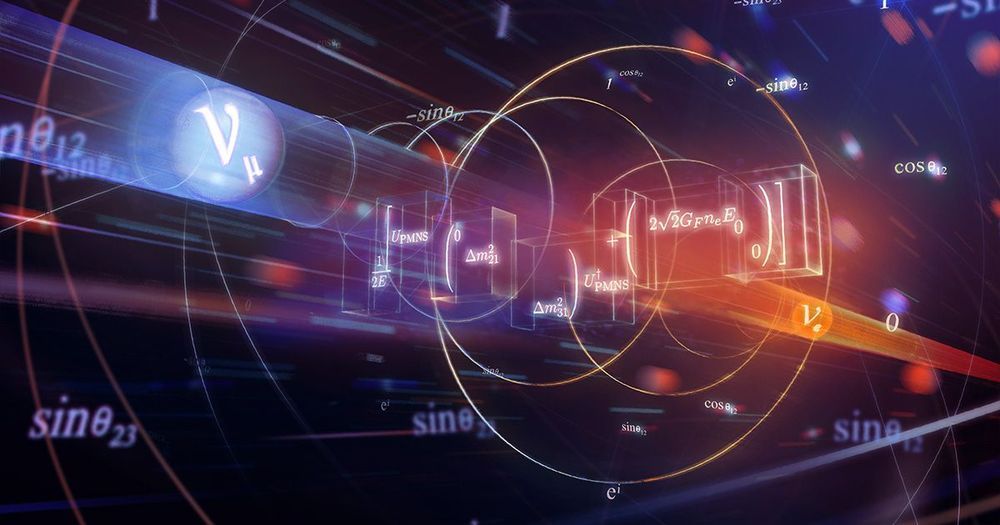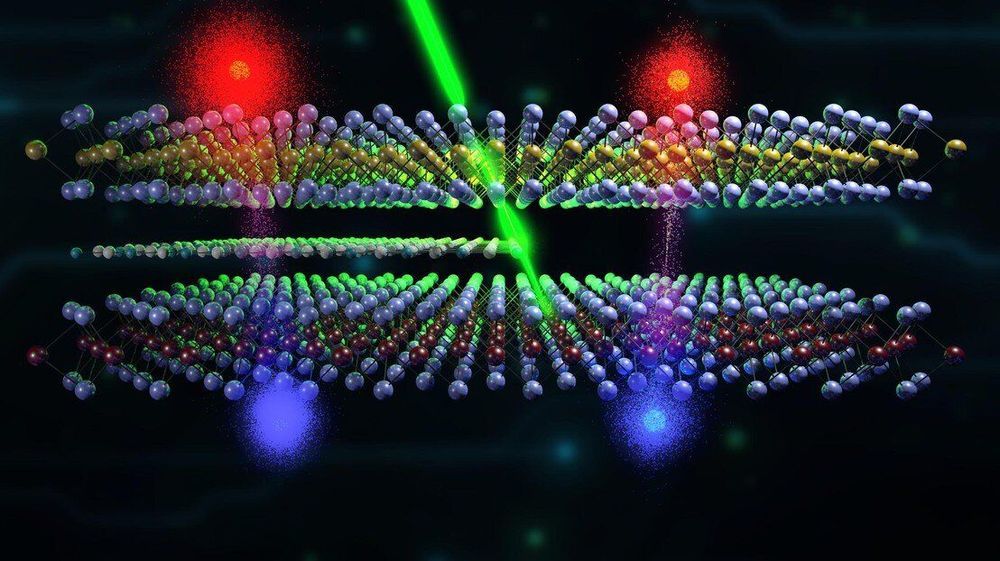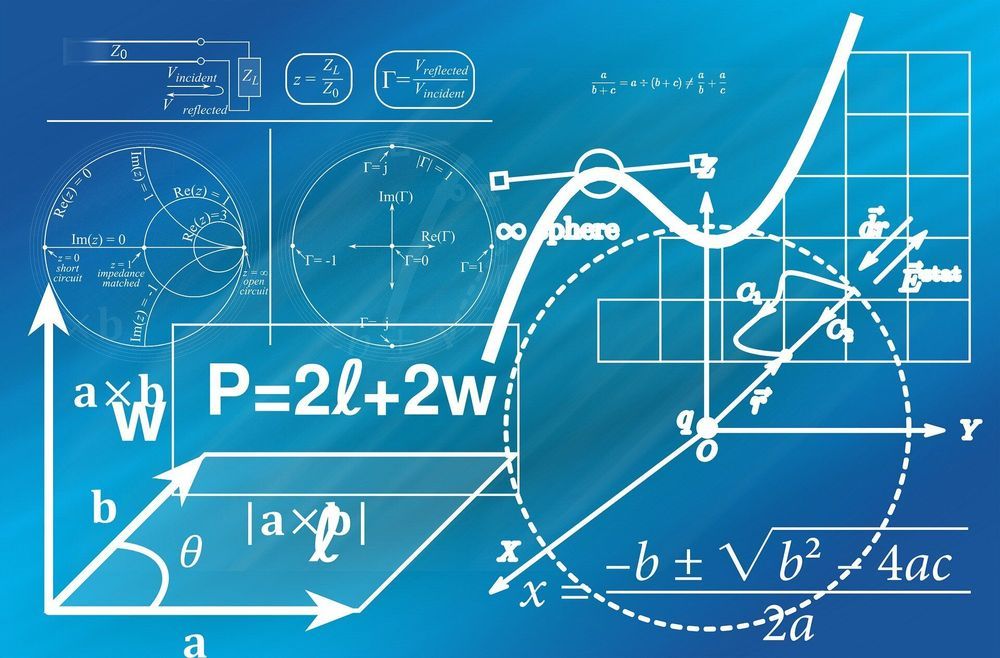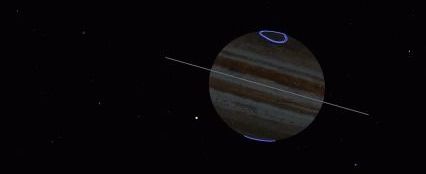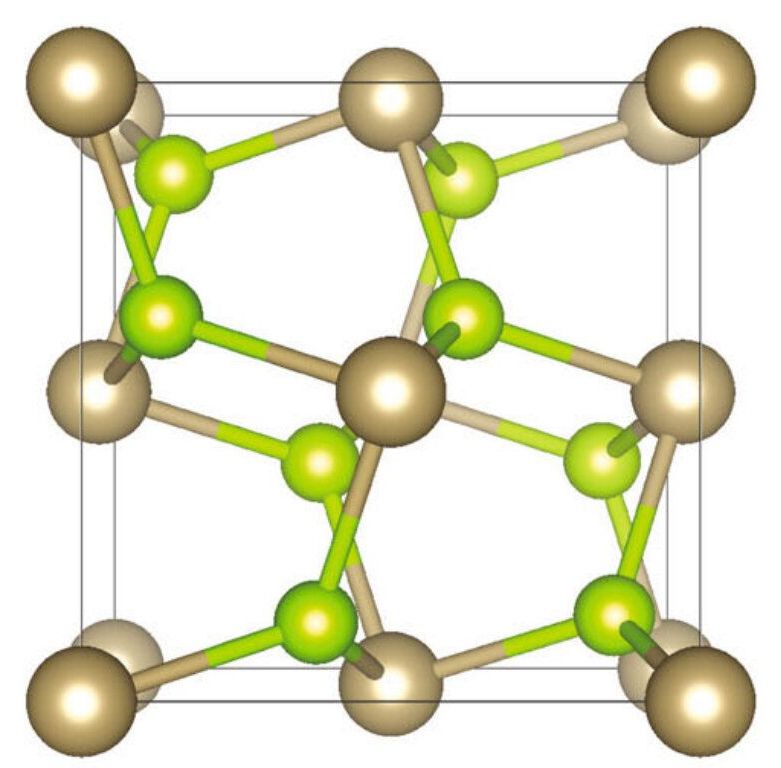At almost every frontier in theoretical physics, scientists are struggling to explain what we observe. We don’t know what composes dark matter; we don’t know what’s responsible for dark energy; we don’t know how matter won out over antimatter in the early stages of the Universe. But the strong CP problem is different: it’s a puzzle not because of something we observe, but because of the observed absence of something that’s so thoroughly expected.
Why, in the strong interactions, do particles that decay match exactly the decays of antiparticles in a mirror-image configuration? Why does the neutron not have an electric dipole moment? Many alternative solutions to a new symmetry, such as one of the quarks being massless, are now ruled out. Does nature just exist this way, in defiance of our expectations?
Through the right developments in theoretical and experimental physics, and with a little help from nature, we just might find out.
